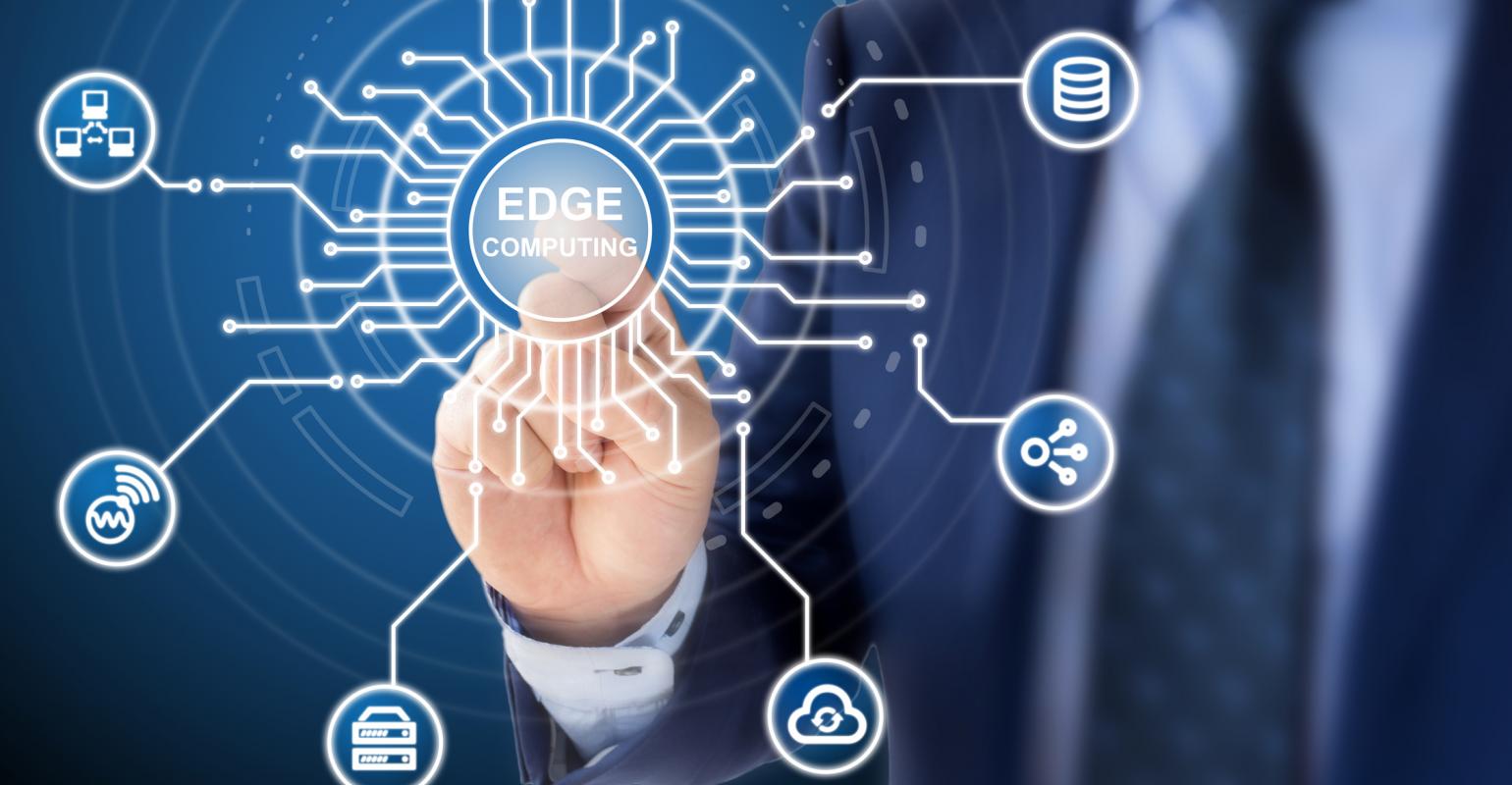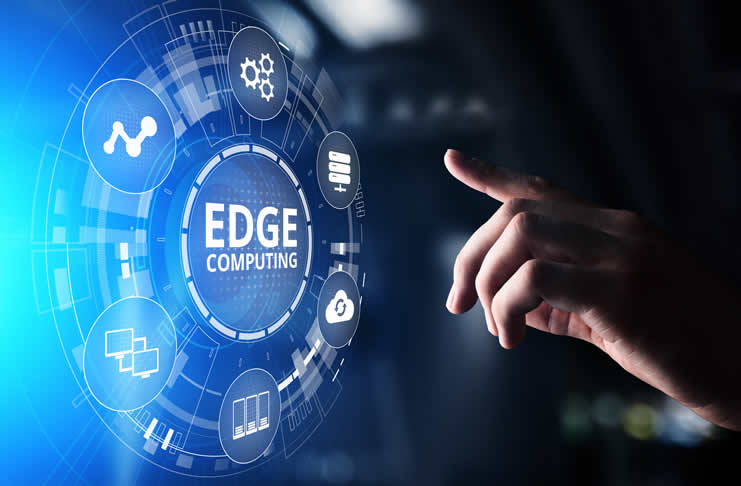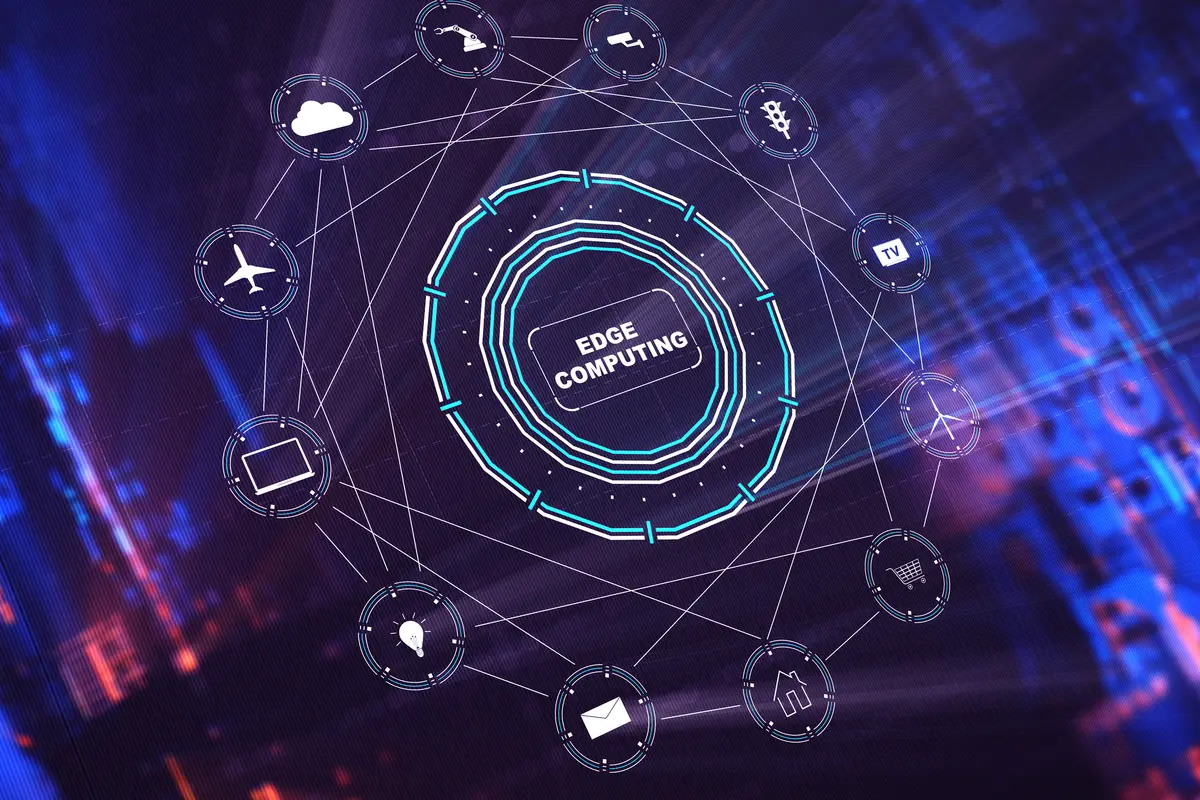What is Edge Computing?
With deployments of IoT devices and the arrival of 5G fast wireless, placing computing, storage, and analytics close to where data is created is making the case for edge computing.
What is Edge Computing?
Edge Computing is a networking topology that allows for the placement of computing power close to the devices and sensors that make up the Internet of Things. These devices are often away from the data center out in the “real world”.
Analysis occurs locally, on large sets of data without incurring the latency overhead that would be experienced if this analysis needed to be done in the cloud. Local connectivity also adds higher resiliency and ensures better responsiveness to critical situations, ensuring large volumes of data can be analyzed and scrubbed with only interesting data being sent to the cloud for additional analysis.

How does edge computing work?
The physical architecture of the edge can be complicated, but the basic idea is that client devices connect to a nearby edge module for more responsive processing and smoother operations. Edge devices can include IoT sensors, an employee’s notebook computer, their latest smartphone, security cameras, or even the internet-connected microwave oven in the office break room.
In an industrial setting, the edge device can be an autonomous mobile robot or a robot arm in an automotive factory. In health care, it can be a high-end surgical system that provides doctors with the ability to perform surgery from remote locations. Edge gateways themselves are considered edge devices within an edge-computing infrastructure. Terminology varies, so you might hear the modules called edge servers or edge gateways.
While many edge gateways or servers will be deployed by service providers looking to support an edge network (Verizon, for example, for its 5G network), enterprises looking to adopt a private edge network will need to consider this hardware as well.
Why is it important?
Much of today’s computing already happens at the edge in places like hospitals, factories, and retail locations, processing the most sensitive data and powering critical systems that must function reliably and safely. These places require solutions with low latency that do not need a network connection. What makes Edge so exciting is the potential it has for transforming business across every industry and function, from customer engagement and marketing to production and back-office operations. In all cases, edge helps make business functions proactive and adaptive — often in real-time — leading to new, optimized experiences for people.
Edge allows businesses to bring the digital world into the physical. Bringing online data and algorithms into brick-and-mortar stores to improve retail experiences. Creating systems that workers can train and situations where workers can learn from machines. Designing smart environments that look out for our safety and comfort. What these examples all have in common is edge computing, which is enabling companies to run applications with the most critical reliability, real-time, and data requirements directly on-site. Ultimately, this allows companies to innovate faster, stand up new products and services more quickly, and open up possibilities for the creation of new revenue streams.
What makes Edge so exciting is the potential it has for transforming business across every industry and function, from customer engagement and marketing to production and back-office operations.

Benefits of edge computing
Edge computing is part of a larger ecosystem with potentially unseen benefits. Some immediate benefits include:
- Reduced latency and increased speed: Placing compute power near the edge saves time. Milliseconds make a difference for many applications.
- Security: Data is analyzed locally and protected by the security blanket of an on-premises network or the closed system of a service provider.
- Cost savings: Companies can optimize the flow of data into central systems and retain the bulk of raw data at the edge where it is useful. Bandwidth and costs are reduced.
- Remote reliability: Edge devices locally store and process data and work with edge data centers to overcome any intermittent connectivity issues.
- Rapid scalability: Installing edge data centers and IoT devices can allow businesses to rapidly scale their operations.
What are the drawbacks?
One drawback of edge computing is that it can increase attack vectors. With the addition of more “smart” devices into the mix, such as edge servers and IoT devices that have robust built-in computers, there are new opportunities for malicious attackers to compromise these devices.
Another drawback of edge computing is that it requires more local hardware. For example, while an IoT camera needs a built-in computer to send its raw video data to a web server, it would require a much more sophisticated computer with more processing power for it to run its motion-detection algorithms. But the dropping costs of hardware are making it cheaper to build smarter devices.

What is the future of Edge Computing?
It is estimated that by 2050, the cloud or traditional data center will no longer be the go-to for about 75% of data. This goes to show that technology is here to stay. Companies will be able to take advantage of the increase in Internet of Things devices to enhance their customer experience. This means more efficient business growth and development at a lesser cost.
Edge computing is a welcome advancement in the business world and beyond. The possibilities are endless, especially with more internet-connected devices coming out. The future is indeed bright, as with time, the loopholes in this technology will also be fixed.